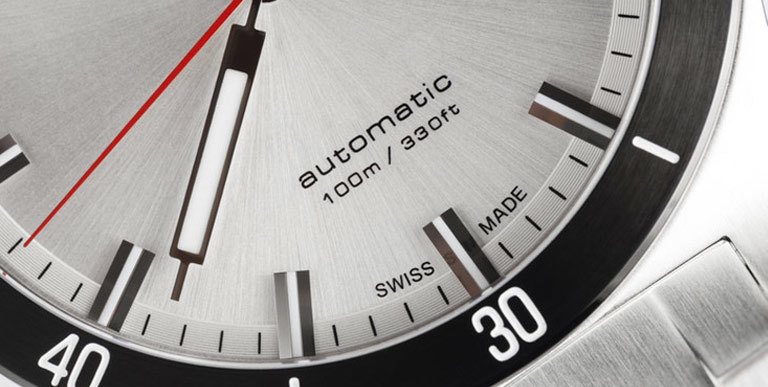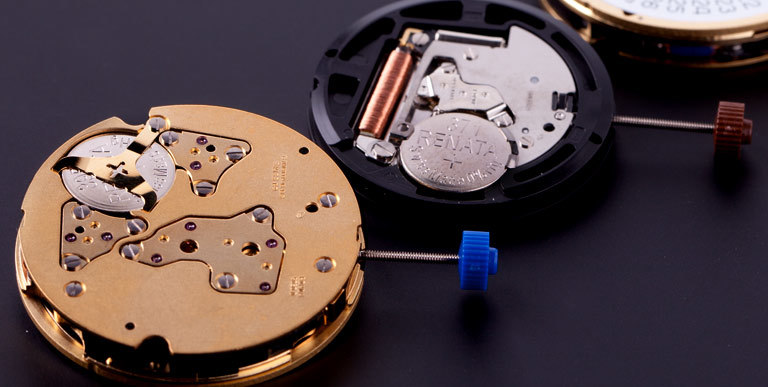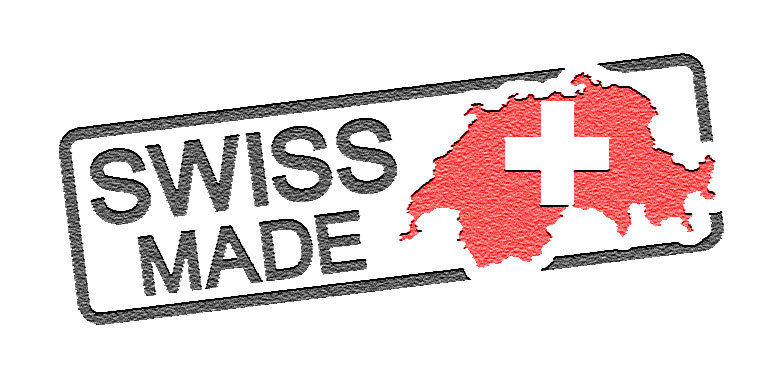There are a lot of things Switzerland is known for. However, it is the watchmaking industry that holds a long-time legacy. Despite the impact of the Quartz Crisis during the early 1970 and 1980, the Swiss watchmaking expertise remains an empire that is recognized around the world.
Known for its excellent craftsmanship, the Swiss watch movement is the standard by all other luxury watches are assessed. At the same time, the terms ‘Swiss Made’ and ‘Swiss Parts’ have also gained attention as more watch enthusiasts become interested in these three concepts.
To clear any confusion, here are the differences:
Swiss Made Watch
Every luxury product bears a mark that sets them aside from others. It is a symbol of the product’s authenticity. In the past years, the manufacturer of watches has to make sure that all Swiss Made watches follow the standards defined by the Swiss law.

Thus, ‘Swiss Made’ is a label created by the Swiss government to track, which watches truly deserve the right to claim that they are made in Switzerland.
Here are the criteria as of January 2017:
- The movement is cased up in Switzerland,
- The movement is Swiss,
- The manufacturer carries out its final quality control inspection in Switzerland and should bear a ‘Swiss Made’ label
- For ‘Swiss Made,’ the watch’s production cost (as a whole) must be Swiss-based and should comprise at least 60% in total; however, if it is a mechanical Swiss watch, there should be at least 80% of the production cost that is connected to the operations conducted in Switzerland.
- For the Swiss made quartz, the cost of production should reach 60% and must be generated in Switzerland.
- Moreover, it is clearly specified that the technical development of a ‘Swiss Made’ and Swiss watch movement must occur in Switzerland, including the smartwatches.
Here are the criteria that make a movement a Swiss one.
Swiss Movement
According to the Swiss Federal Council, a Swiss watch movement must have a truly ‘Swiss Made’ mechanism.
Hence, prior to the 2017 regulation, a watch is said to be part of this category if the following criteria is true:
- The movement is assembled in Switzerland,
- The full quality control inspection is carried out by the manufacturer in Switzerland,
- The watch’s movement components (although not the entire watch) must reach at least 50% of the entire value

Now, focusing on the new rules that are accepted by the Swiss Parliament back in 2013 but took effect last 2017, the third point is now further modified to this:
- The Swiss-made components in value (not quantity) used for the watch’s movement should be at least 50% while at least 60% of the movement’s production must be generated in Switzerland.
Swiss Parts
Since most watch companies are now around the globe, a variety of watches manufactured in a year increases dramatically as well.
All watches that use Swiss components but have movements that are not assembled in Switzerland are considered as Swiss Parts watches.
Many of these watches are either assembled in Asia or USA, which are also known for having smartwatch makers. These watches do not bear any official stickers or stamps to know the parts used. This could be learned when you check the product’s details in its manual.
Moreover, even if Asia has been known as the hub of the Quartz Movement, it has still become one of the top spots for watches using Swiss Parts and watch product photography services as well.
Overall, the differences between the three ideas vary greatly based on diverse factors. Yet, if you think about these distinctions, they still are useful pieces of information for you and the future watch enthusiasts.
other big brands choose to work with us?
With over 20 years of expertise, we are confident that we can meet your watch needs.






